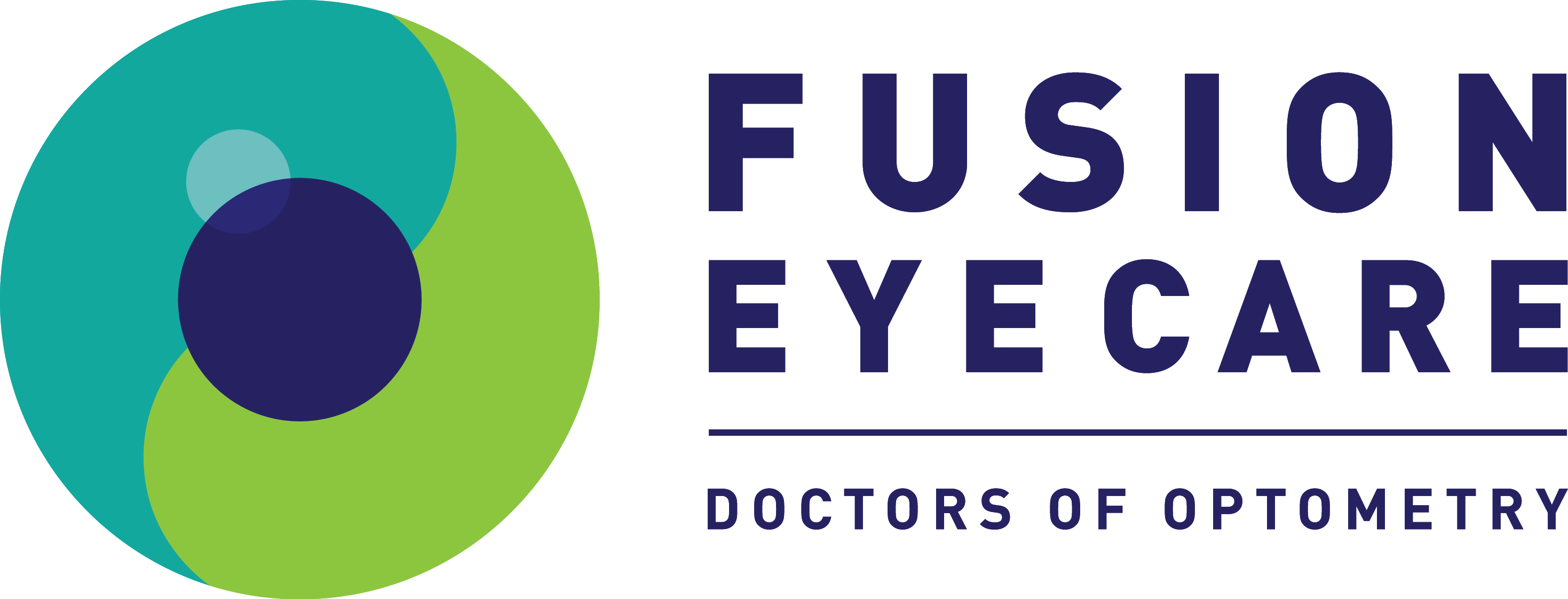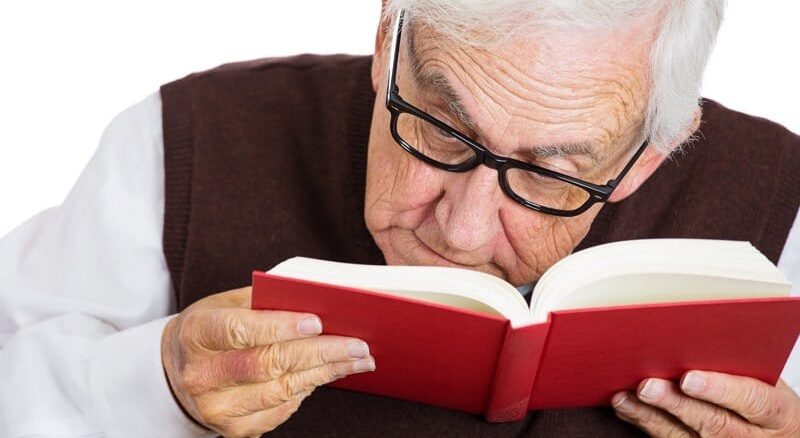- November 18, 2022
- byzbrand
- Comment: 0
- Uncategorized
As we age, so do our eyes. Aging eyes can mean decreased sharpness in our vision, an inability to distinguish between shades, problems with glare, slower adaptation to darkness and reductions in how much of our surroundings can be seen at one time. Any one of these changes increases the risk of a fall and it’s the first consideration in falls prevention.
- AGE-RELATED MACULAR DEGENERATION (AMD),
- CATARACTS,
- GLAUCOMA AND DIABETIC RETINOPATHY1
are the major causes of vision impairment that result in falls. These eye diseases increase the risk because they can affect the following:
- Balance
- Motor perception
- Reaction time
- Visual attention
Seniors with low vision are 2.5 times more likely to fall than those without it.
Compounding the issue, vision loss is linked to decreased physical activity, which leads to a risk for falls3 and an increased fear of falls, which in turn increases seniors’ risk of social isolation.
Between 20-30% of seniors fall each year.
Falls remain the leading cause of injury-related hospitalizations among Canadian seniors. Approximately 30% of individuals aged 65 and older fall every year. Among those aged 80 and over, the risk of falls increases
to 45%.
Focus on Prevention: What can you do?
- See your optometrist annually for a comprehensive eye exam.
- Wear your glasses when you need them and update your prescriptions.
- Ask your optometrist for information about low vision rehabilitation exercises and/or services.
- Wear sunglasses to reduce glare.
- Install good lighting inside and outside your home.
- Decrease clutter in your home to reduce the risk of not seeing items in your path.



Leave feedback about this